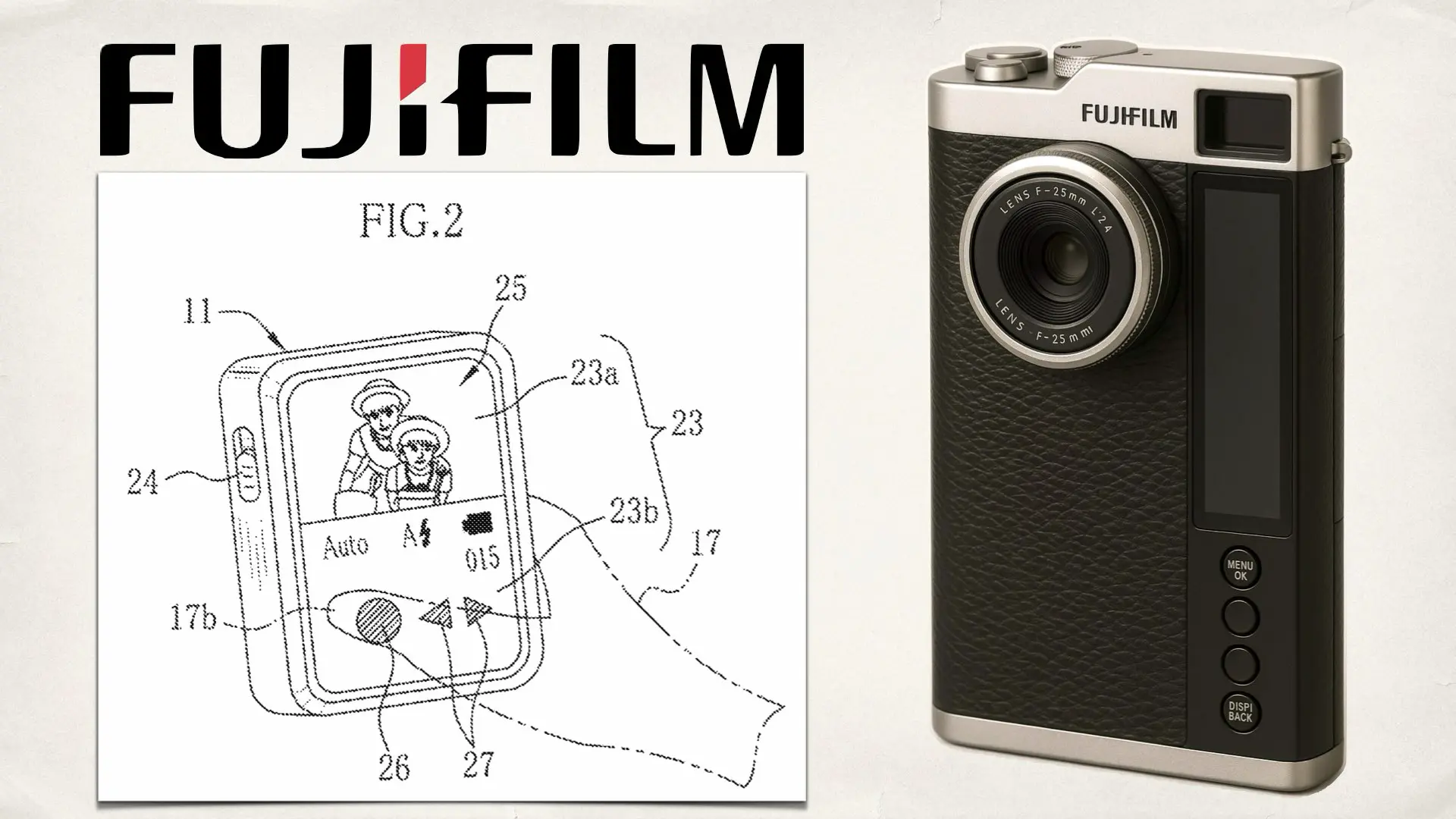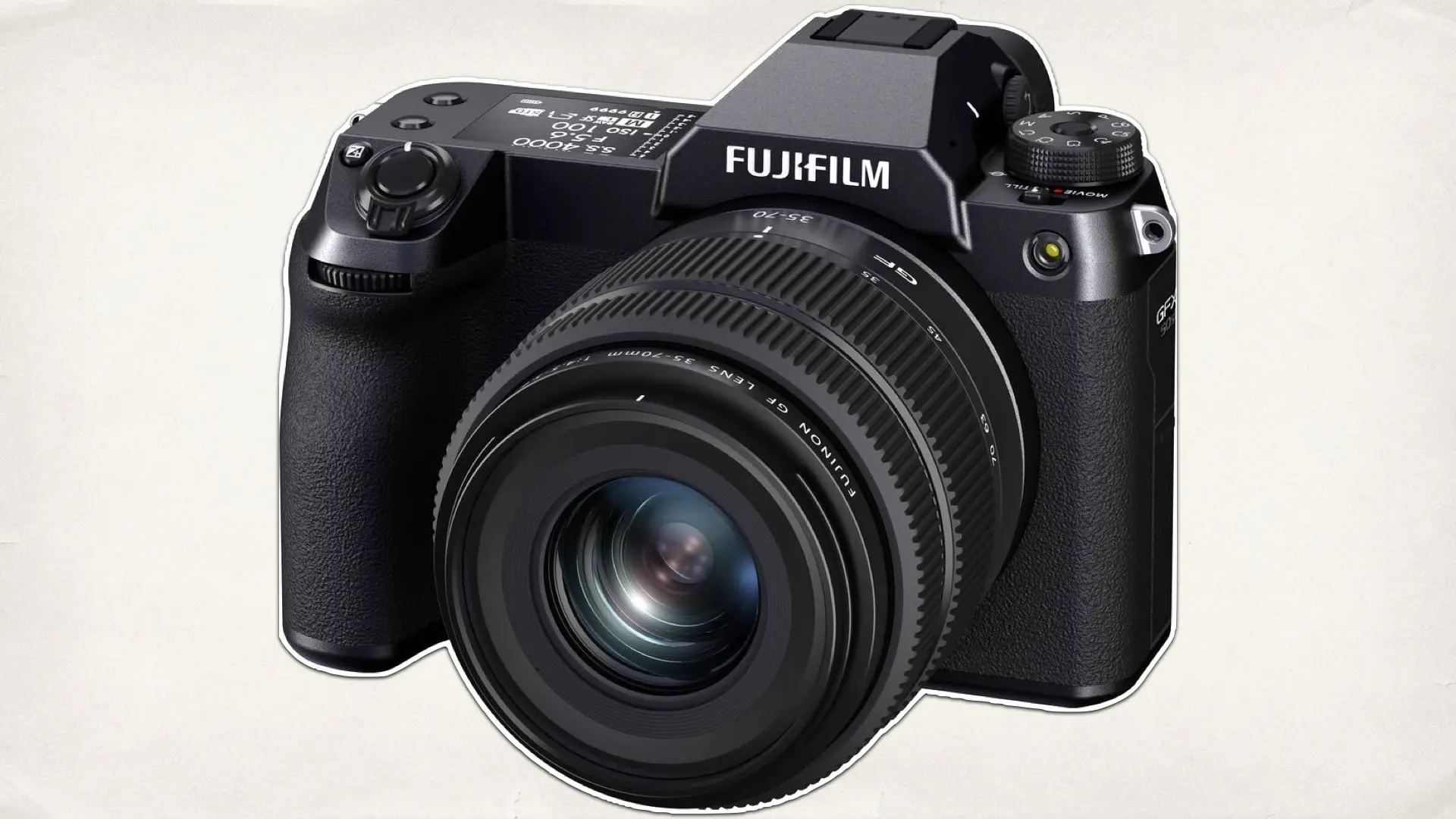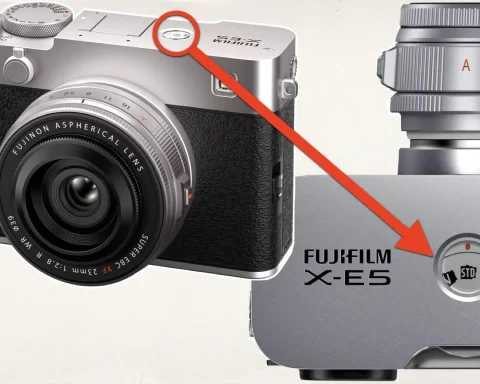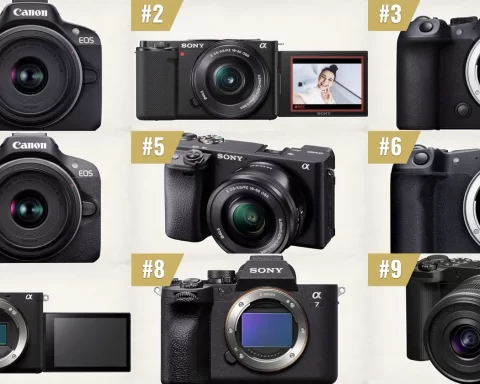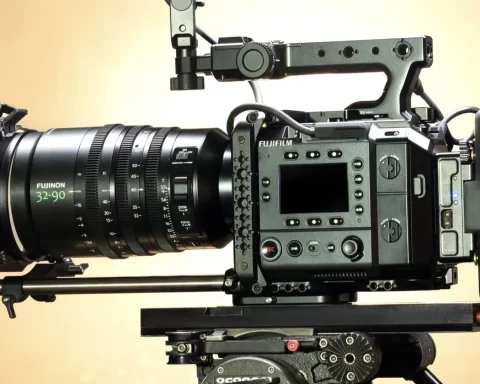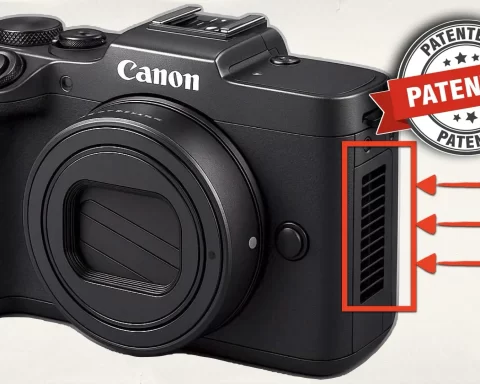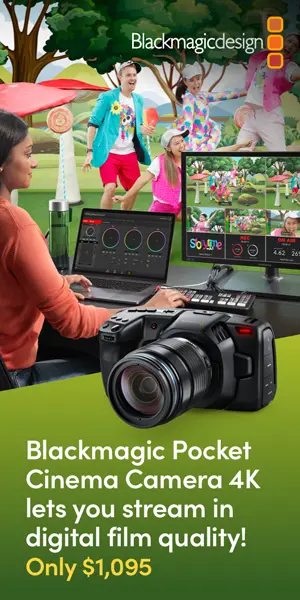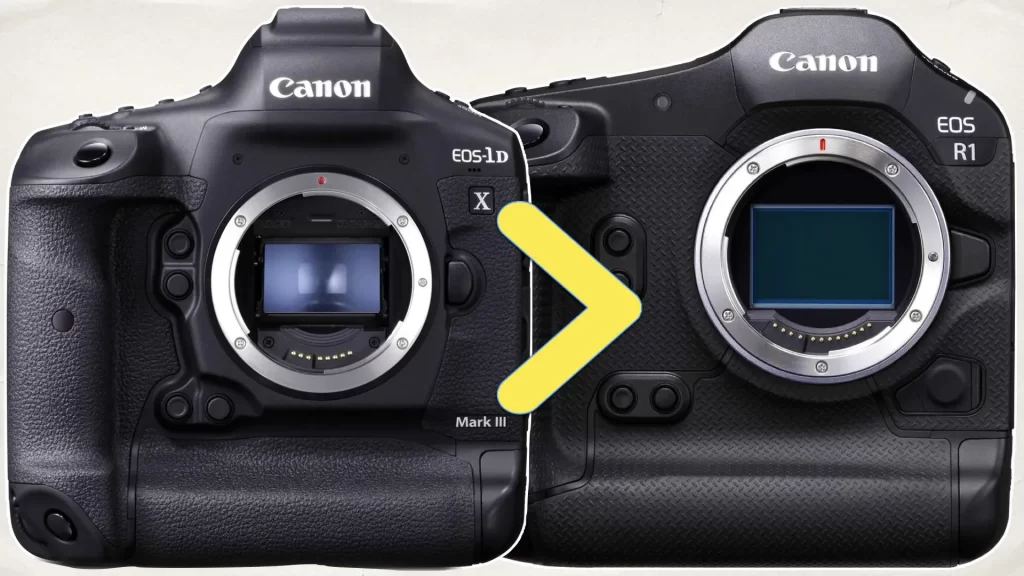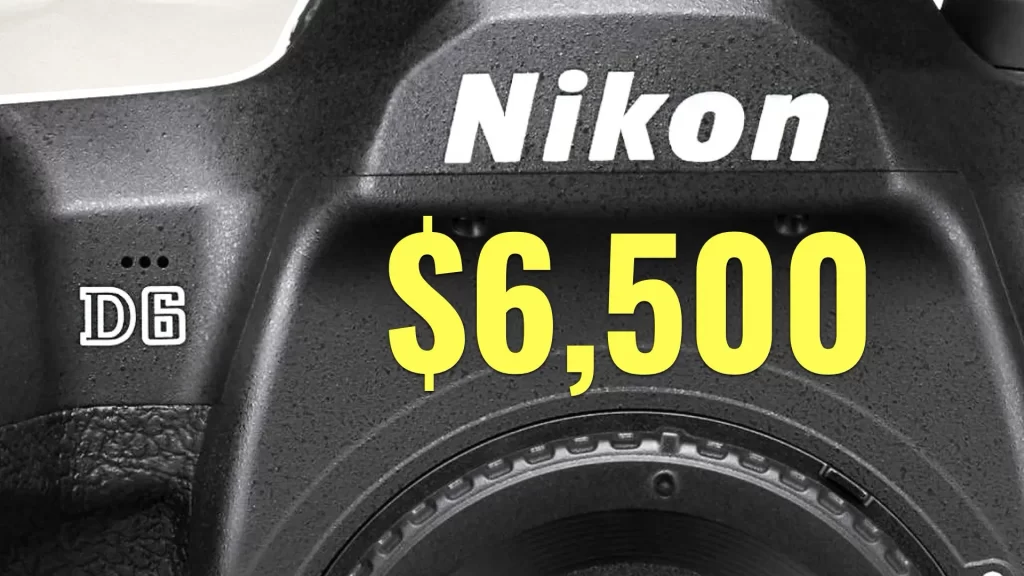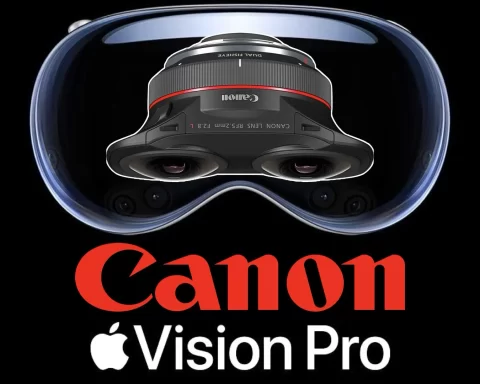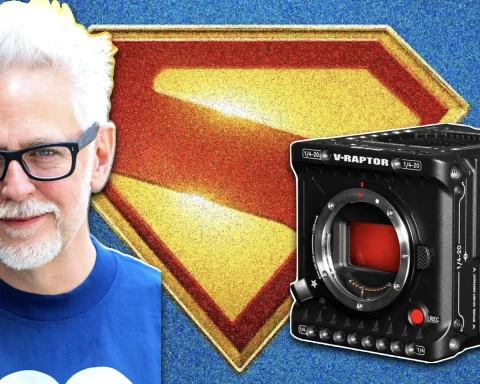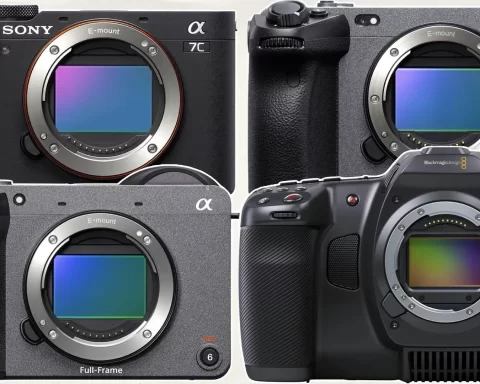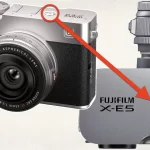In a rapidly shifting photographic landscape, where smartphone content creation dominates and nostalgia-fueled innovation is on the rise, Fujifilm has taken a bold step forward—one that connects the analog soul of photography with the digital-native creator. A recently granted U.S. patent (No. 11,675,250) sheds light on what may be one of Fujifilm’s most significant hardware departures in years: a vertically designed digital camera intended for intuitive portrait-style shooting. But the story extends far beyond just a novel form factor. It stretches across classic film simulations, reimagined trademarks, and a rumored camera called the Fujifilm X-Half—a potential bridge between generations of photographers.
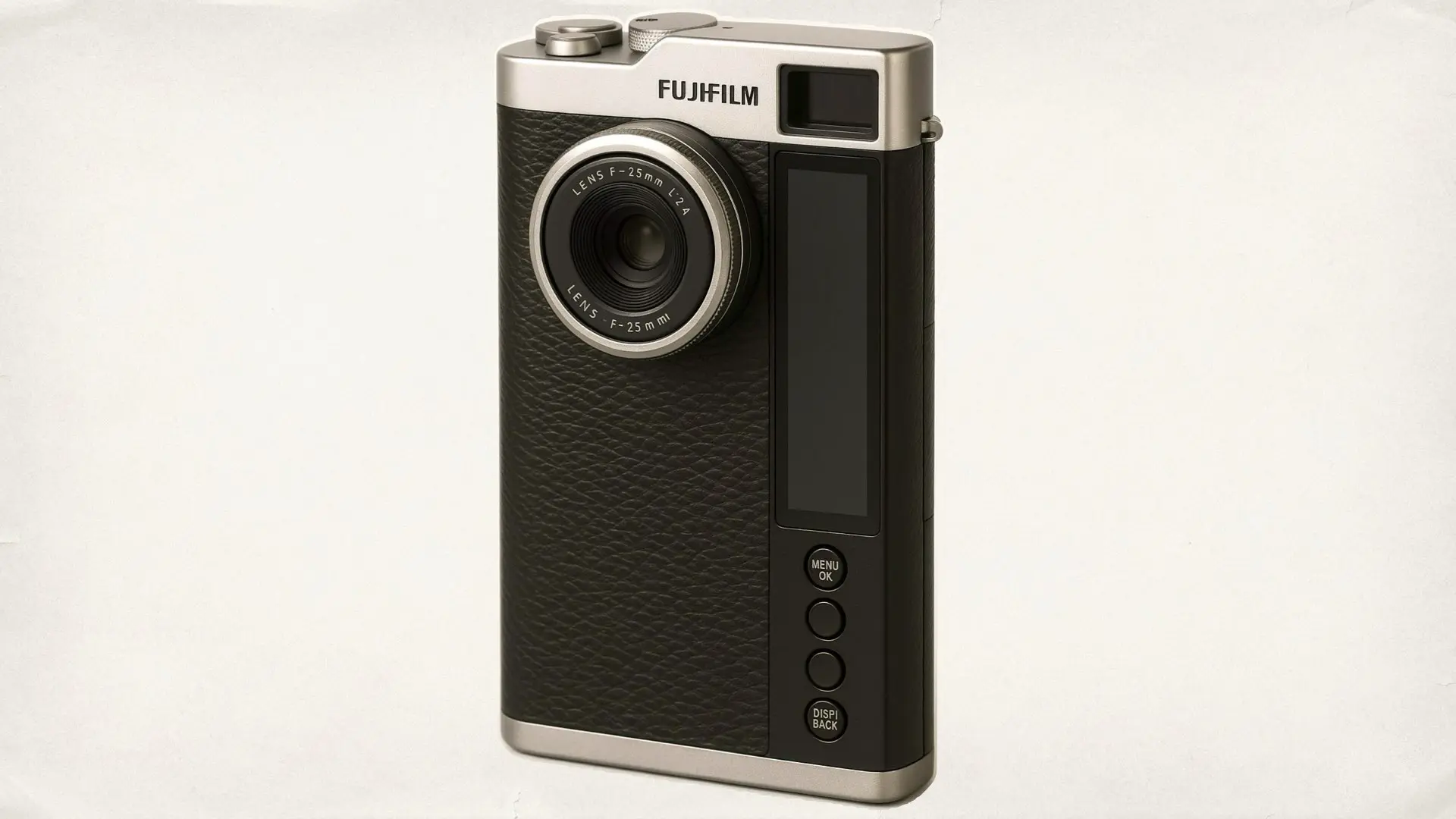
The Patent: A Camera Designed for the Portrait Generation
The essence of Fujifilm’s patent lies in its departure from traditional camera ergonomics. Instead of prioritizing landscape shooting, the patent reveals a vertically elongated camera body designed with portrait orientation as its default. This hardware configuration, as detailed in the patent documentation, includes a main body that is long from top to bottom (rather than left to right), with a large rear LCD display occupying most of the back surface. A small grip and physical controls are arranged vertically, reinforcing the camera’s upright shooting posture. This design philosophy isn’t merely cosmetic—it reflects an intentional alignment with the way people capture and consume images today. As social platforms like Instagram, TikTok, and YouTube Shorts continue to prioritize vertical content, Fujifilm appears to be engineering a device that makes shooting in that format second nature rather than an afterthought. Moreover, the patent highlights efforts to balance compactness, ease of use, and image quality—key features for a camera that must compete with smartphones while appealing to photography enthusiasts.
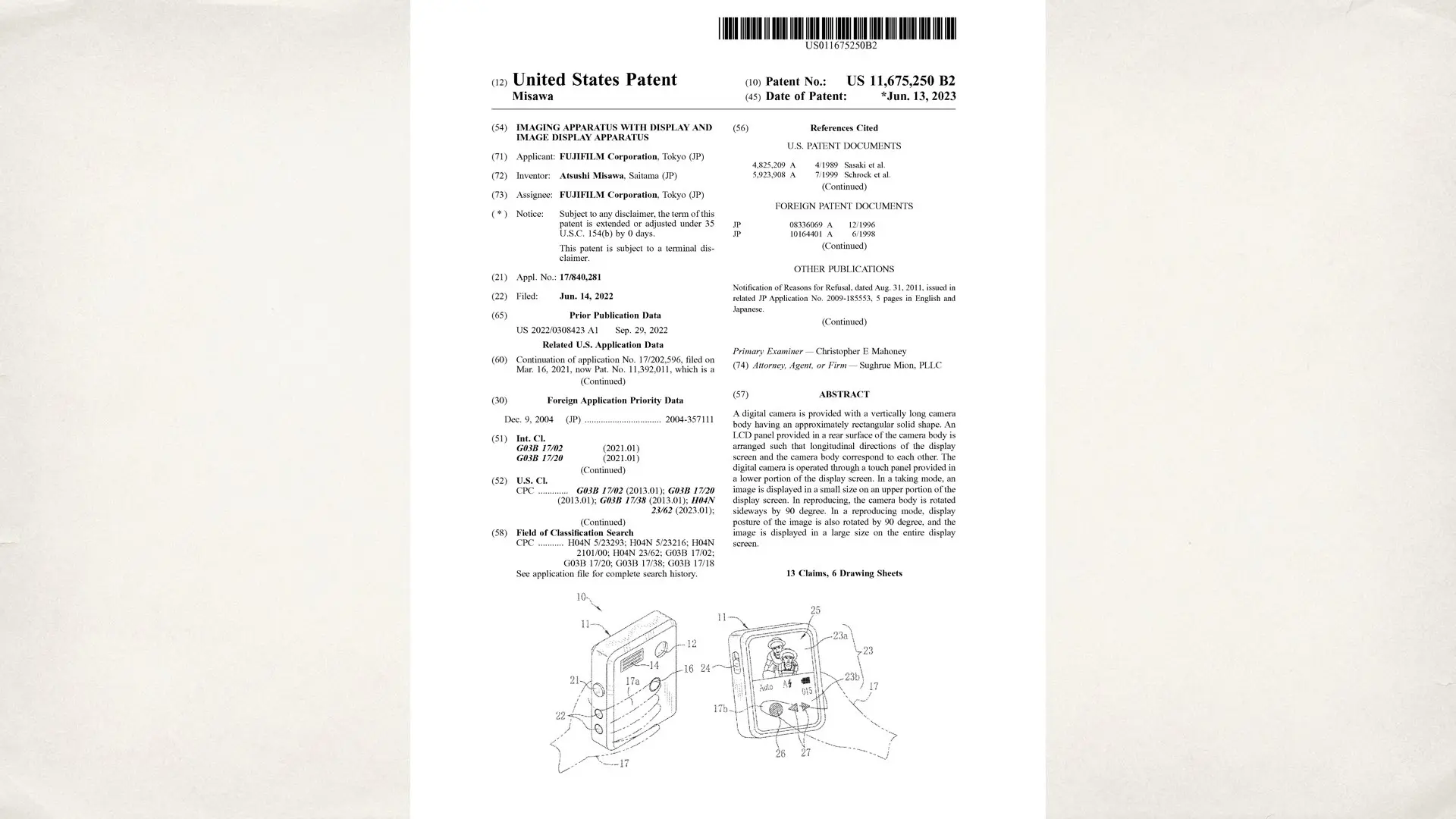
Inside Fujifilm’s Patent: Designing a Vertical Camera for the Digital-First Era
1. The Core Concept: Vertical-Oriented Image Capture Device
Fujifilm’s Patent US11675250B2, titled “Image Capture Device”, centers on a radical rethinking of conventional camera design. Instead of the traditional landscape orientation that has dominated still photography and cinema since the early 20th century, this patent outlines a device designed around vertical (portrait) composition as the primary orientation.
At the heart of the invention is an imaging apparatus that includes:
-
The main body elongated in the vertical direction.
-
A display section (LCD or OLED) that stretches from top to bottom on the rear side.
-
A lens system mounted on the front surface.
-
An operating section (shutter, dials, or buttons) placed along the vertically aligned side.
The vertical format is not a UI gimmick—it’s baked into the hardware ergonomics. The camera’s long vertical form factor mimics the natural grip of a smartphone when used for social media-style photography or vlogging. This structural shift addresses a clear market trend: people are composing and consuming media vertically more than ever before. This is not merely about comfort—it’s a statement about native format. While most cameras allow for vertical shooting, Fujifilm’s patent starts from the assumption that portrait is primary. In this, it represents one of the first true vertical-native digital cameras, fundamentally aligned with post-smartphone image culture.
2. Display-Centric Design: The Vertical Rear LCD
One of the standout elements is the rear display module. The patent illustrates a full-length vertical screen, occupying nearly the entire rear body of the camera. In many sketches, the design eschews traditional viewfinders altogether, signaling a mobile-native approach: a screen-based composition model, much like smartphones, but with a real imaging sensor and lens. Interestingly, the patent suggests that the display could have multi-functional roles:
-
Composition and framing.
-
Touch interface for camera control.
-
Preview and editing interface.
This screen-forward, minimalist approach reflects Fujifilm’s growing UI ambition, which aims to bridge physical buttons and digital interfaces. The LCD acts as the anchor of the user experience, serving not just as a viewfinder but as an interactive canvas for the photographer.
3. Minimal Grip and Single-Handed Operation
In a move that further distances this design from traditional mirrorless or DSLR cameras, the patent highlights a narrow grip designed for one-handed, upright operation. The placement of the shutter button and other key controls suggests:
-
The camera is intended to be used much like a smartphone.
-
The target user is likely capturing images on-the-go, vertically, and potentially single-handedly.
-
Minimal bulk and lightweight handling are top priorities.
It’s a camera tailored for creators who want mobility and spontaneity, but with more creative control than a phone can offer.
4. Emphasis on Compactness Without Sacrificing Optical Quality
While the patent doesn’t explicitly detail the image sensor size, it does emphasize a compact optical system. That design constraint, paired with the intent for portability, strongly suggests a 1-inch-type sensor or smaller—reinforced by the Y.M.Cinema speculation that the X-Half will use a 1-inch sensor.
Why does this matter?
-
A 1-inch sensor balances portability with quality, offering markedly better image fidelity than smartphones while avoiding the bulk of APS-C or full-frame cameras.
-
This format is consistent with Fujifilm’s half-frame inspiration, and would allow for higher depth of field, less lens complexity, and faster processing in a small body.
5. Modularity and Physical Refinement
Fujifilm doesn’t stop at hardware configuration. The patent also touches on modular expansion possibilities and design variations, including:
-
The potential for interchangeable grips, attachments, or accessories.
-
Customization of the interface and form factor for future iterations or market-specific models.
This future-proofing implies that the vertical camera is more than a one-off product. Fujifilm may see this as a new category—with the X-Half leading the charge.
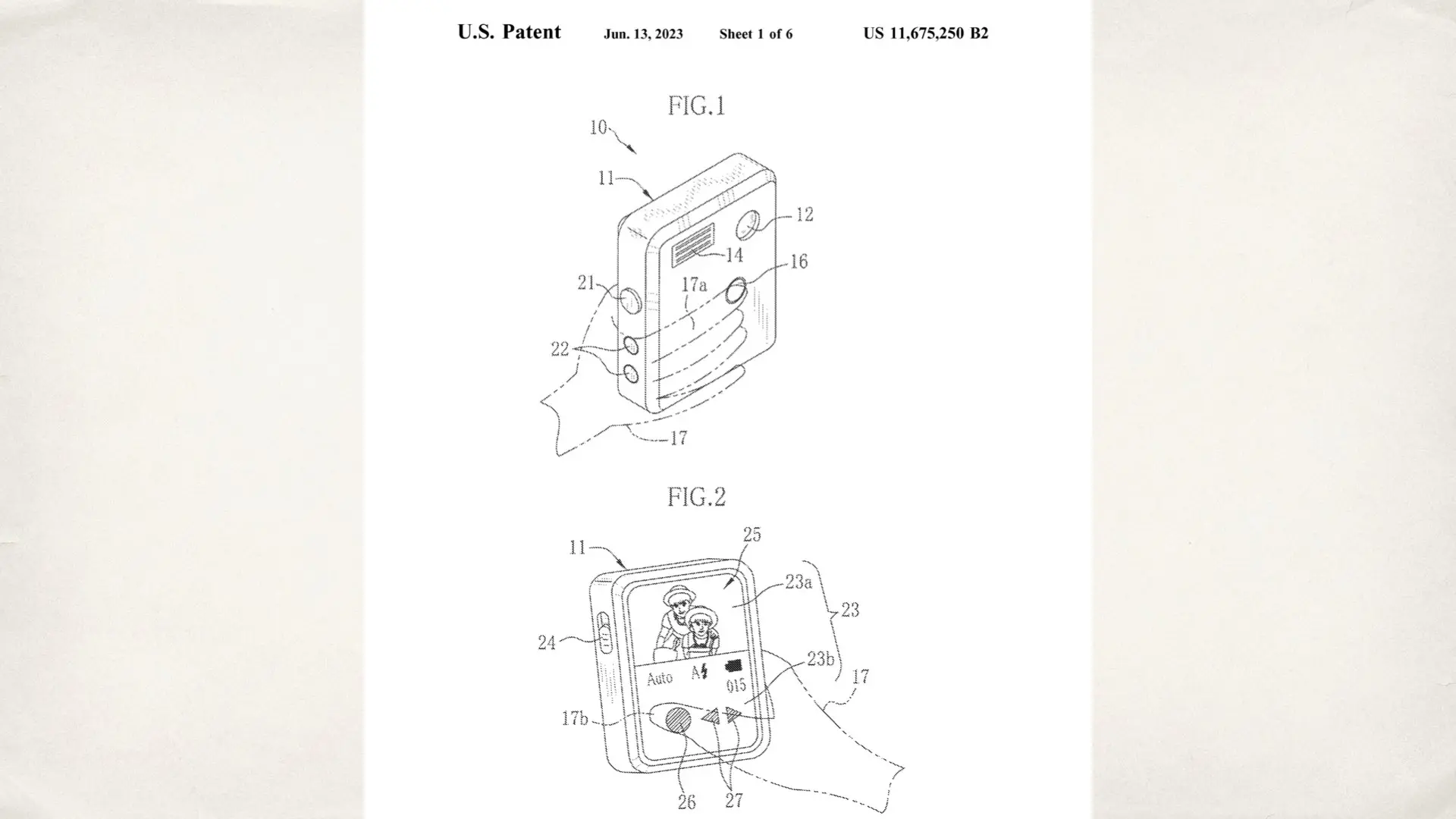
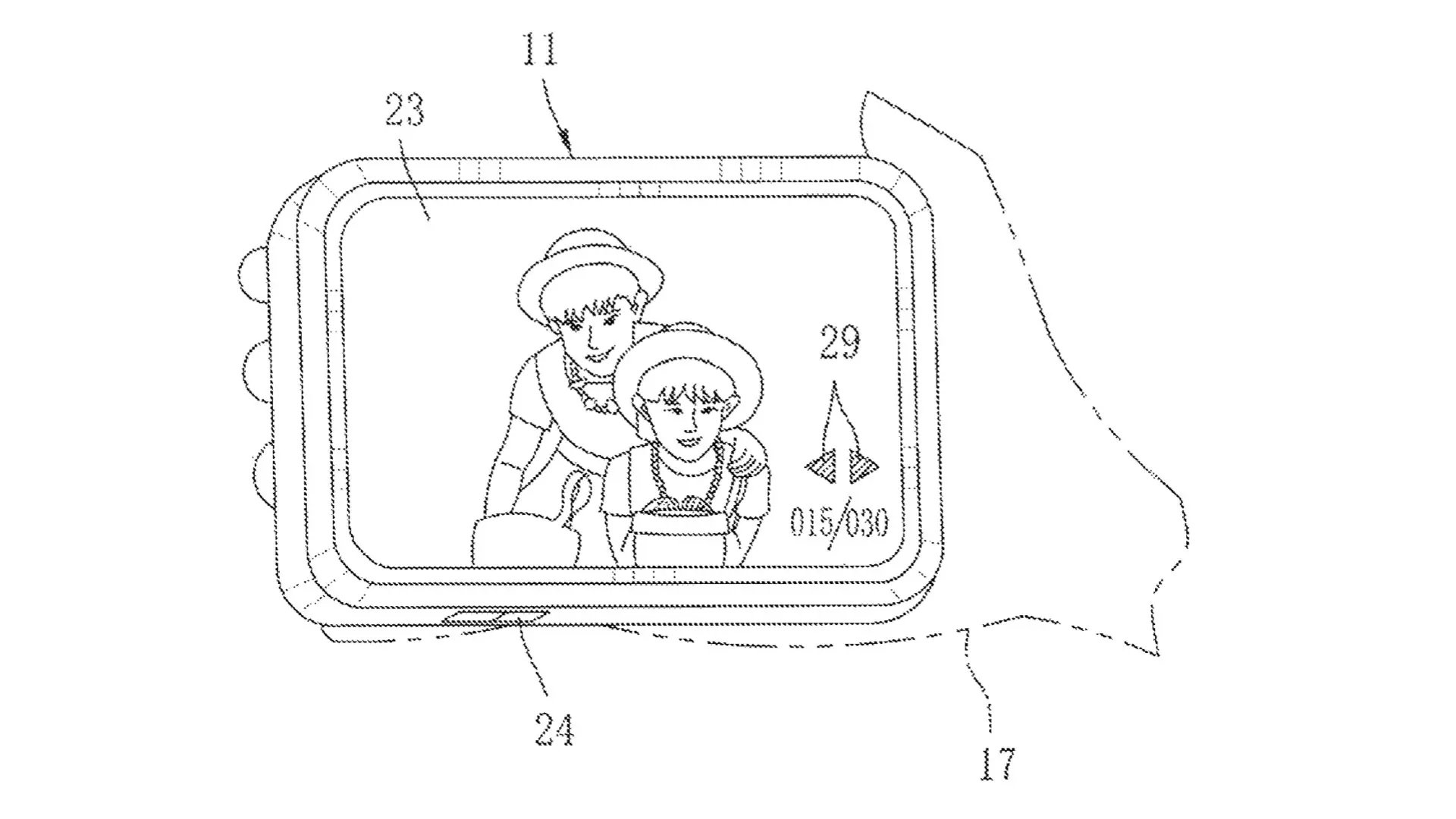
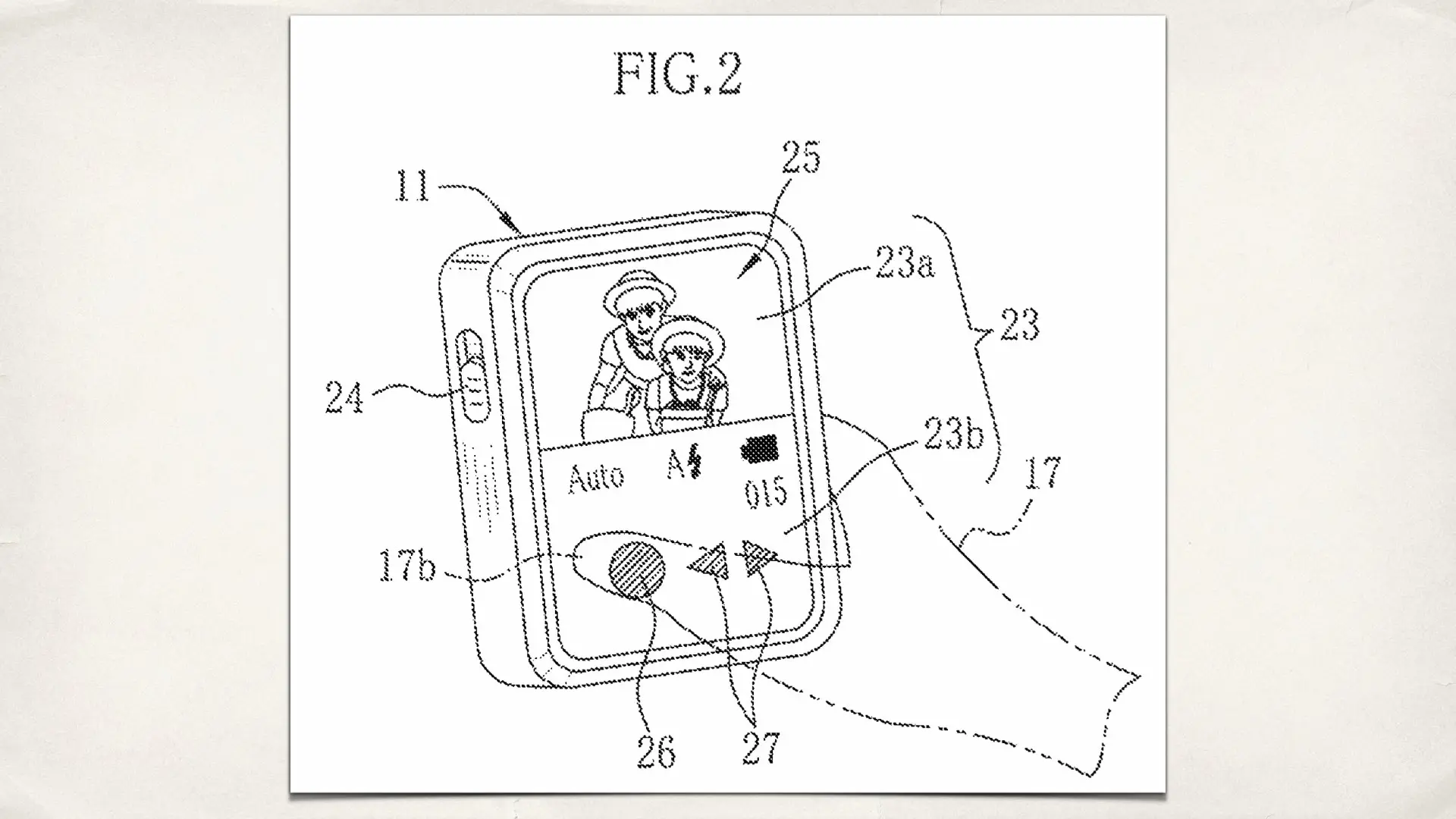
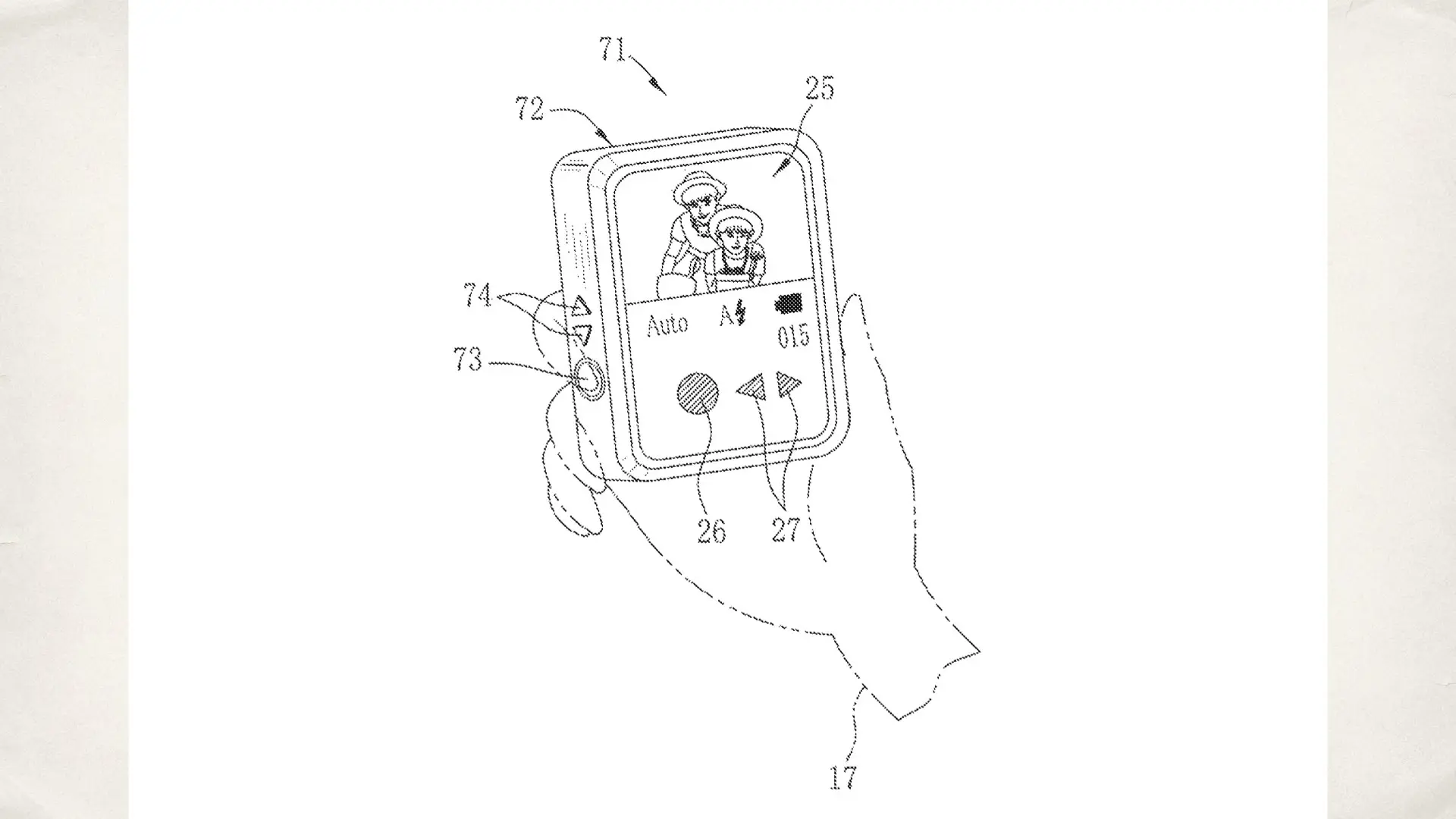
The X-Half: From Patent to Prototype?
The design described in the patent directly parallels leaked insights and analyses concerning a forthcoming camera: the Fujifilm X-Half. As explored in the Y.M.Cinema article “Investigating the Fujifilm X-Half: A New Digital Take on a Classic Format” (link), the X-Half is believed to utilize a 1-inch image sensor and embrace a digital version of the half-frame format—a style rooted in analog photography, where each frame occupies only half the standard 35mm area, effectively doubling the number of exposures per roll. In digital terms, the X-Half could harness that concept to deliver a smaller sensor image in a creatively constrained format, while also benefiting from the vertical orientation that’s built into the patent. This camera would not merely be about resolution or performance; it would offer a unique perspective and shooting experience—an embodiment of form meeting function. The X-Half might also present an alternative to both traditional mirrorless cameras and smartphones, occupying a sweet spot between tactile shooting and digital convenience.
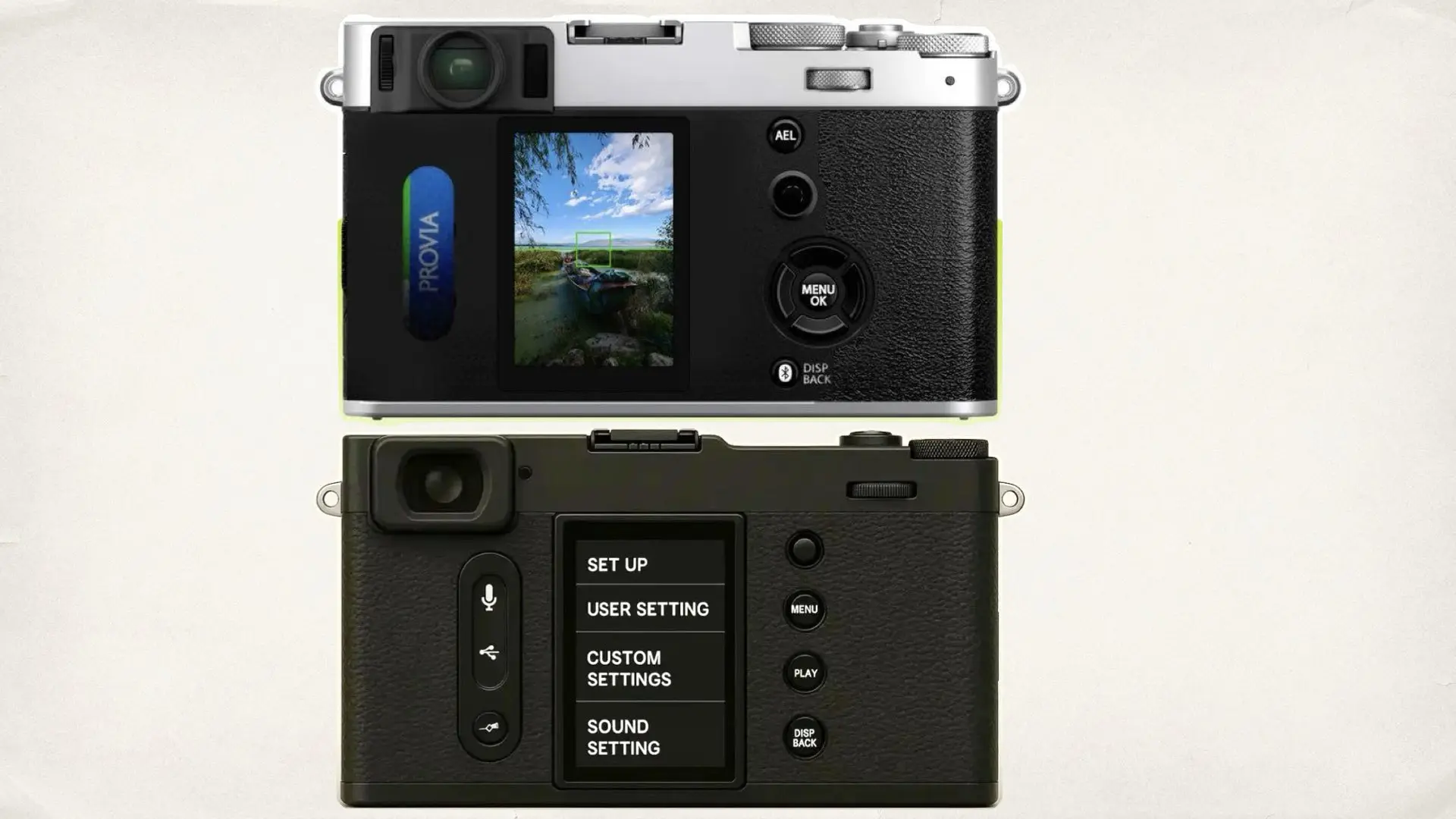
A New Generation, A New Strategy
But why bet on a vertically-oriented, retro-inspired camera in the age of AI and computational photography? The answer lies in Fujifilm’s broader strategy, as covered in “Fujifilm’s Bold Bet: How the X-Half Aims to Reinvent Photography for a New Generation” (link). According to the article, the X-Half is not just a camera—it’s a cultural and strategic maneuver. Designed with young creators in mind, the camera aims to spark interest in intentional photography while offering tools familiar enough for digital natives. By focusing on simplicity, a tactile experience, and a vertical-first interface, the X-Half appeals to those who have grown up documenting their lives through phones but are increasingly curious about dedicated imaging devices. It’s also an answer to creators who want more stylistic control without diving into the complexities of professional mirrorless systems.
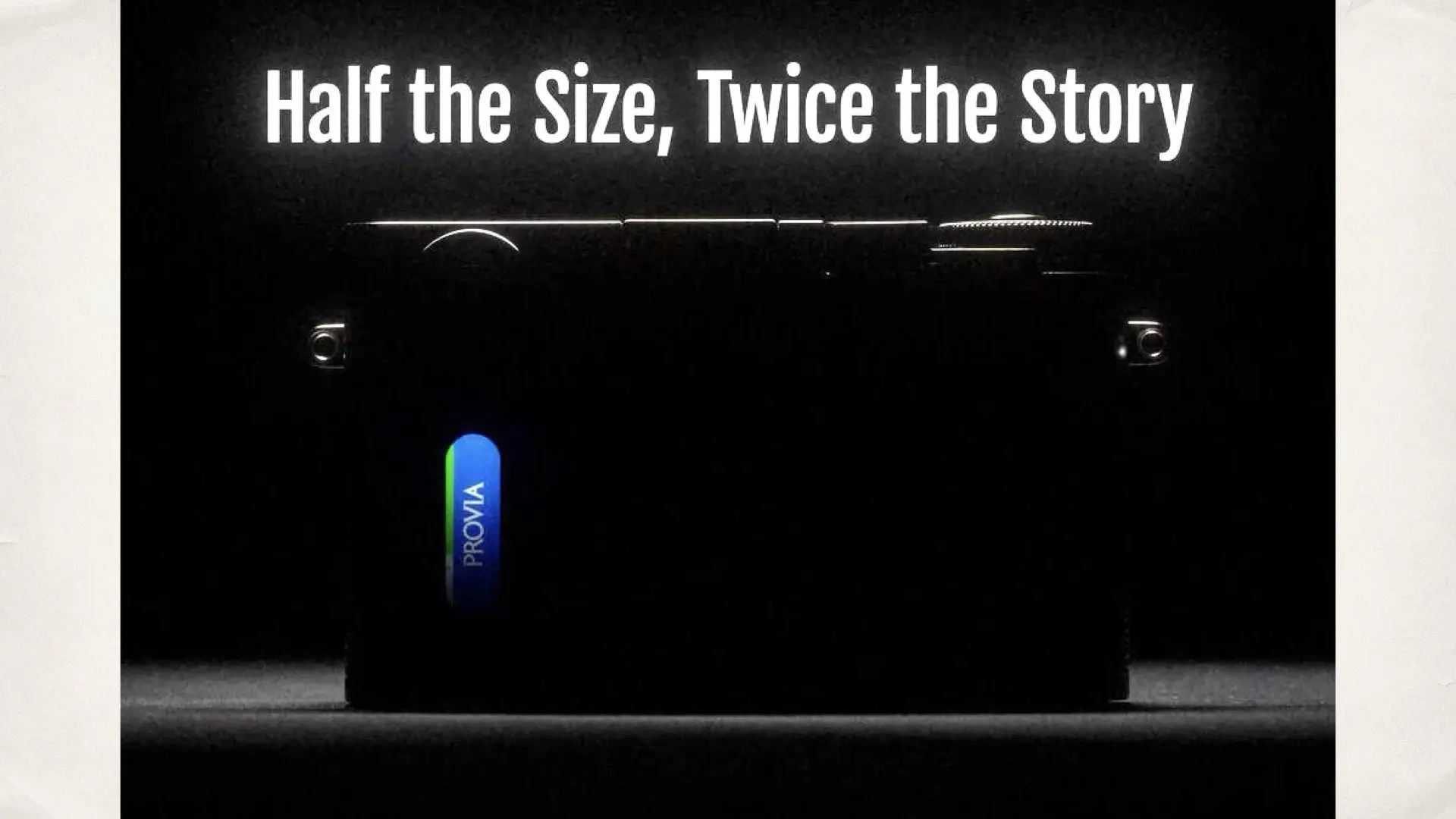
PROVIA: Not Just a Film Stock Anymore
One of the more intriguing elements surrounding the X-Half’s ecosystem is the inclusion of PROVIA—a name long associated with Fujifilm’s iconic slide film. Recent developments suggest a broader digital future for the name. According to trademark filings (Justia link), Fujifilm has secured the PROVIA trademark not only for photographic film but also for “digital cameras; downloadable image files; computer software.” This strategic expansion hints at a future where PROVIA might evolve into a more central brand for Fujifilm’s digital color science or even software-based image enhancement tools. In the context of the X-Half, PROVIA could be more than a preset—it may represent a core component of the camera’s identity, perhaps as a branded interface or a suite of simulations and LUTs that mimic filmic aesthetics. By embedding PROVIA more deeply into the digital experience, Fujifilm bridges its analog heritage with modern user expectations, wrapping its new camera in both nostalgia and relevance.
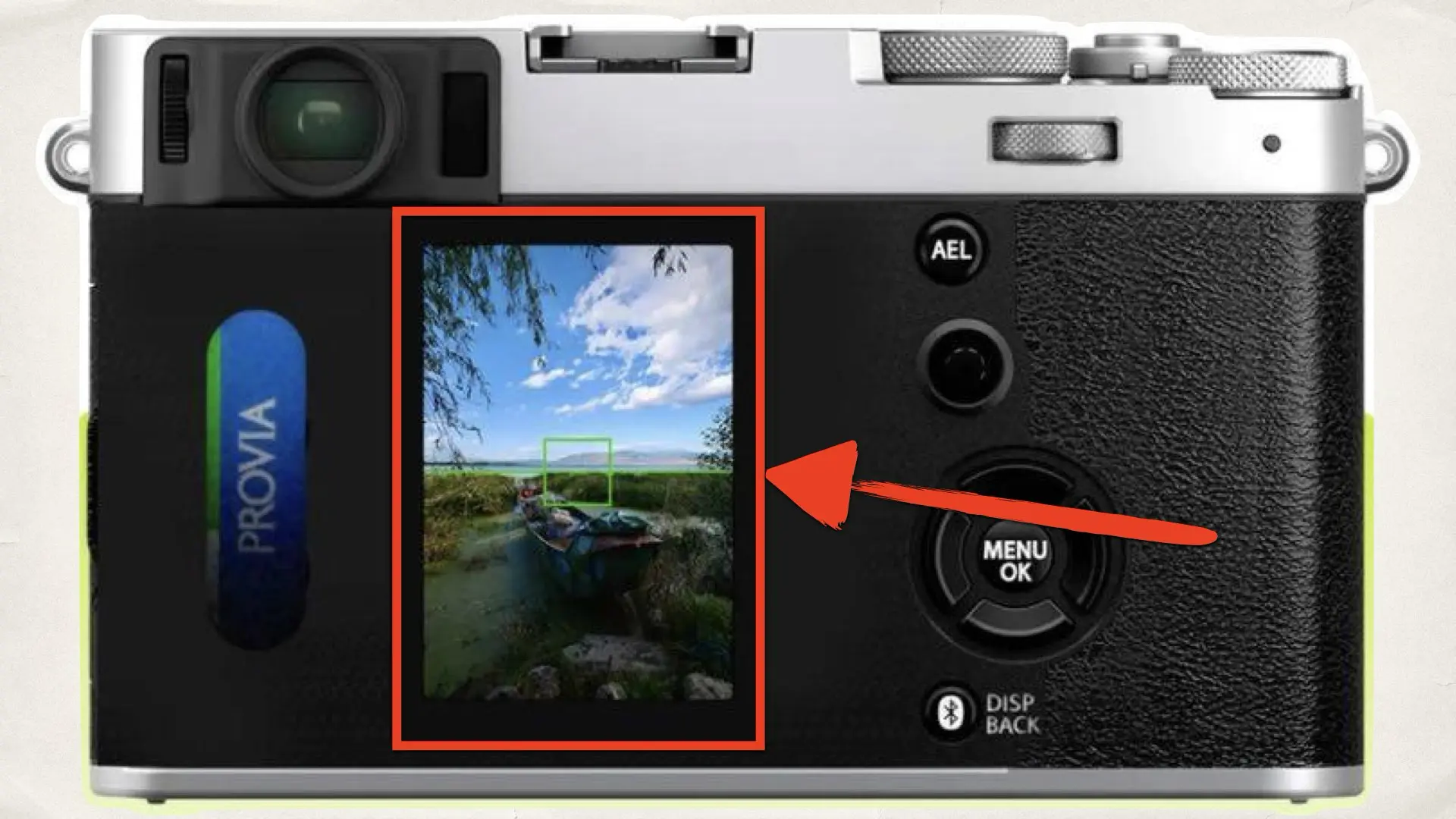

Conclusion: A Camera for the Moment and the Memory
The story of the Fujifilm X-Half, underpinned by patent 11,675,250 and the expanded role of the PROVIA trademark, paints a picture of a company willing to take risks for the sake of originality. Fujifilm is doubling down on verticality, simplicity, and analog inspiration. This isn’t merely about reviving old ideas—it’s about reinterpreting them for a generation that’s digital-first but emotionally drawn to physical storytelling tools. While this innovation empowers a new generation of creators with tools tailored to their medium, it is noteworthy that much of this creative energy is currently channeled into platforms like TikTok, where content often emphasizes immediacy and surface-level appeal over depth (Our reflection on evolving media habits rather than a critique).

